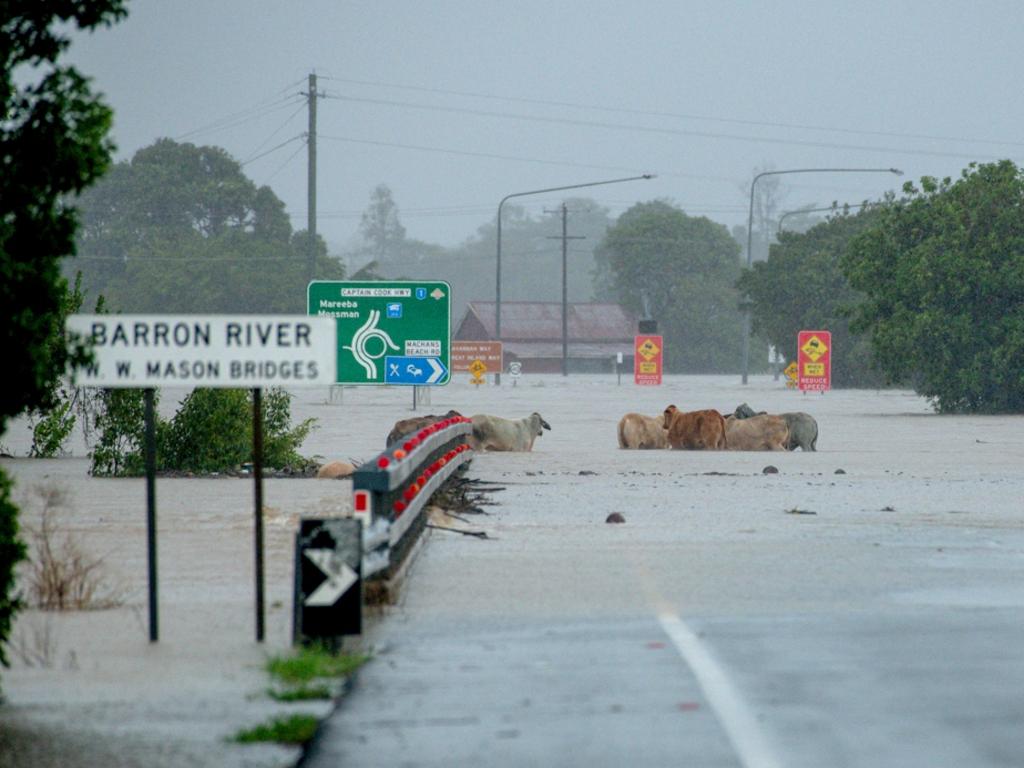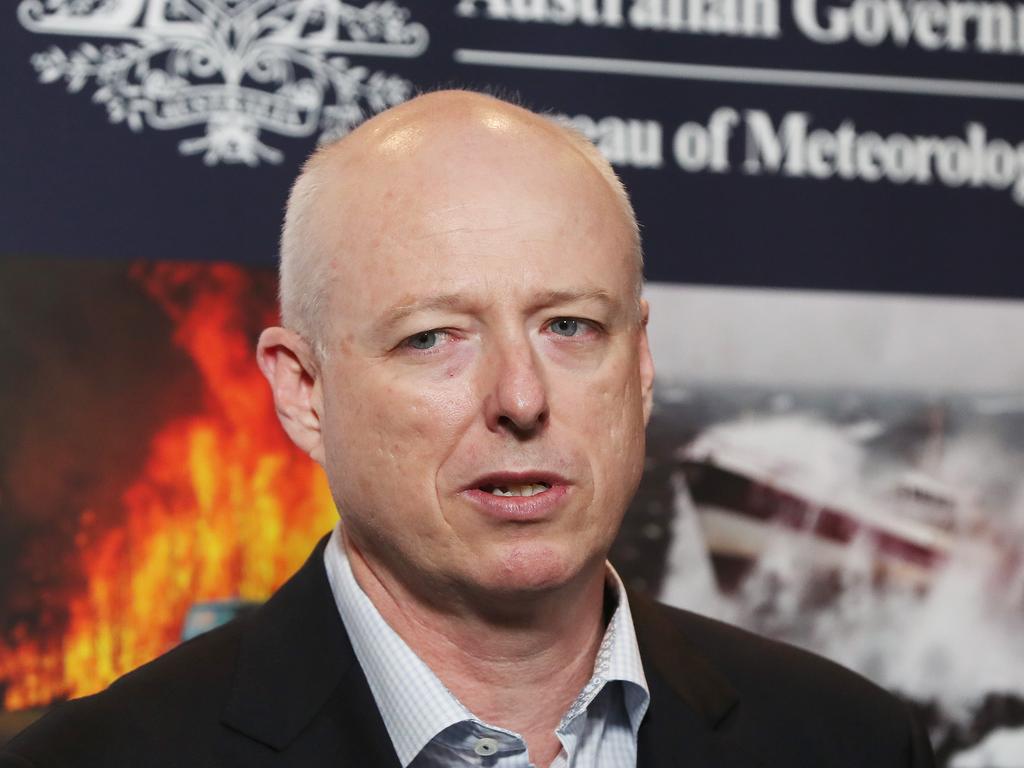BOM deserves criticism, but not over its short-term forecasts


Weather prediction is difficult. At best one can hope only to improve probabilities. And the weather hardest to predict is extreme events associated with storms. These systems are extremely “nonlinear”, to use the parlance of meteorology.
When there are large quantities of moisture in the lower levels of the atmosphere, the air need be lifted only slightly to trigger a violent updraft.
It is a huge slow-motion explosion where the fuel is the invisible water vapour turning into cloud. The amounts of energy involved can be huge – think Hiroshima atom bomb – and a tiny perturbation can set them off. It is often stated that a butterfly flapping its wings could trigger the storm, at least theoretically.
This is one of the least predictable phenomena on Earth. At best, weather prediction can indicate only that such storms are likely at a rough time and place. Perhaps the BOM can get the final warnings out a little faster, but a storm can morph into a supercell in a few minutes.
BOM’s performance in predicting the ultimate landfall of Tropical Cyclone Jasper was nothing short of brilliant. For days before it crossed the coast, the bureau predicted it would end up near Cairns. And that is where it went. The cyclone did minimal damage, but the rain cell associated with it sat stationary around Cairns for days, causing flooding. If the cell had moved, even slowly, Cairns would have been just extremely wet rather than breaking records. But that detail is beyond prediction.
The result of unjustified expectations of prediction accuracy will result in the bureau being forced to cover itself and issue warnings whenever there is a minute possibility of extreme weather. The predictions will become meaningless.
The BOM has a truly superb observation network of rain radars, rain gauges and flood levels. Millions of people use these, especially in country areas, for everything from bringing in the washing to gauging when it will be possible to drive across a flooded creek. This network gives us remarkable ability to see what is happening. Thirty years ago, we were almost blind compared with today.
So give the BOM a break, at least on this matter. But there are two BOMs. There is the operational weather BOM, which does the daily forecasts and measurements, and then there is the climate change part of the BOM. And that is where the criticism should be levelled.

The climate models used by the BOM and many other groups regularly are used to predict, with certainty, the end of the world because of “global boiling”. But those models are little better than a guess. We have no idea what caused historical climate change such as the Little Ice Age of a few centuries ago and the hot climate of the Egyptian period. Climate models fail on this. The bureau’s failure to acknowledge model weaknesses is unscientific. Uncertainties must be stated. If the BOM proclaims its predictions for the year 2100 are excellent, it can hardly complain when people get upset when its forecast for this afternoon turns into a dud.
Another major problem within the bureau is the section dealing with long-term temperature measurements. Most long-term measurements have been modified (homogenised), almost always making past temperatures cooler.
The BOM does not dispute it has done this, but there is a huge argument about whether it has done it in a justifiable way, and BOM has failed to release all its data about these temperature adjustments. This is inexcusable and breeds concerns about the bureau’s scientific integrity.
There is also the habit of the BOM to associate every extreme, or record-breaking, weather event with climate change. In fact, record events are inevitable every year because of the huge scale of the observation network.
There are thousands of weather stations, many of which have been operating for only a few decades. Each station has dozens of different types of record (minimum, maximum, daily, monthly, seasonal, annual, temperature, rain, wind). A year without breaking a record would be a record worth noting, especially in Australia, a land of extremes.
But the climate section of the BOM uses record events for political purposes.
Should we have an inquiry into the BOM? Yes. But the good guys of the BOM short-term weather forecasting department need to stand up against the anti-science catastrophists in their climate department. Otherwise they deserve to be tarred with the same brush.
Peter Ridd is a physicist, adjunct fellow with the Institute of Public Affairs and chairman of the Australian Environment Foundation.






Recent criticism of the Bureau of Meteorology for failing to predict the recent spate of extreme weather is unfair, is ultimately counter-productive and misses far more serious failings of the BOM.